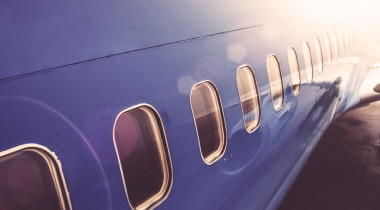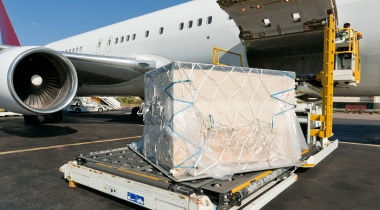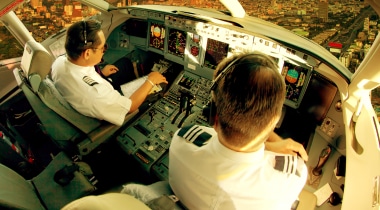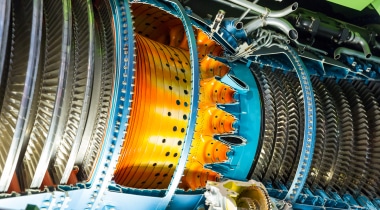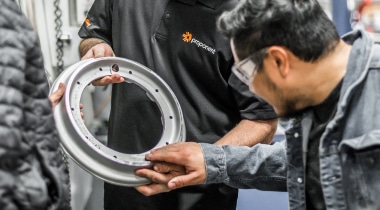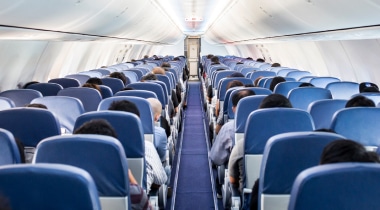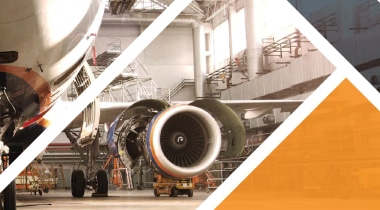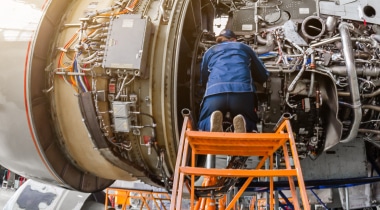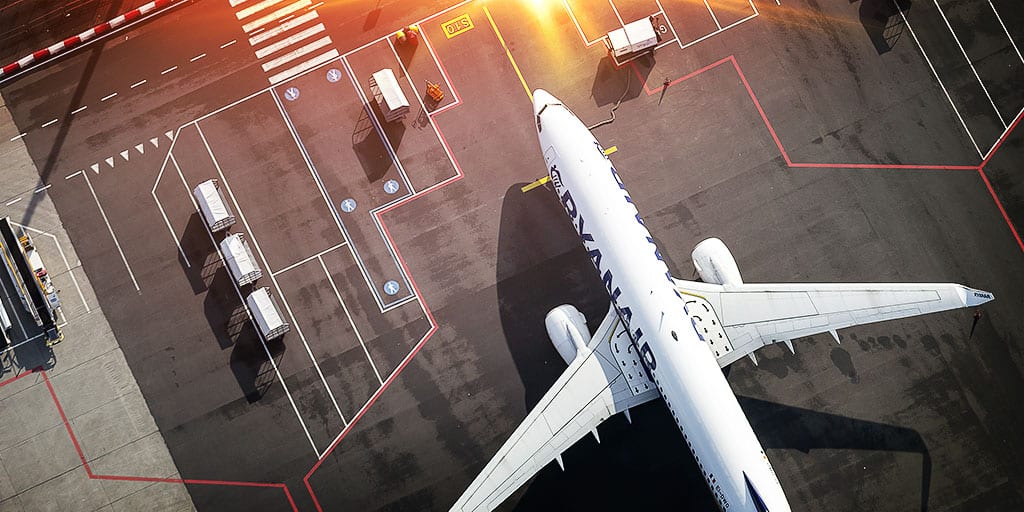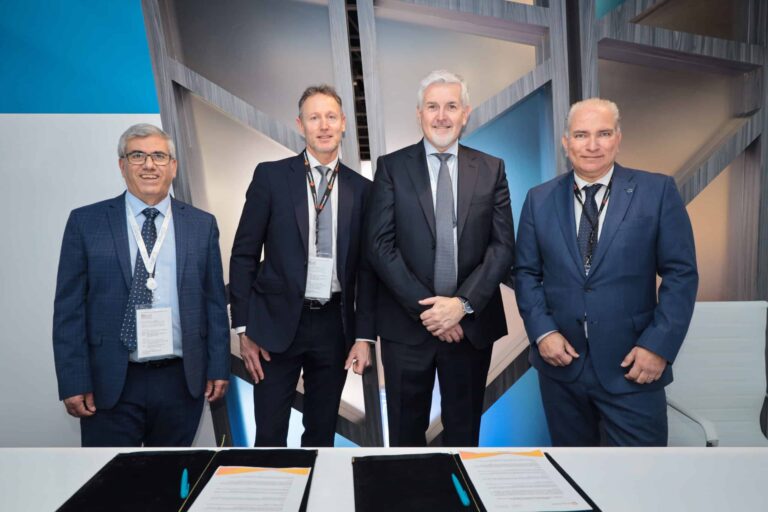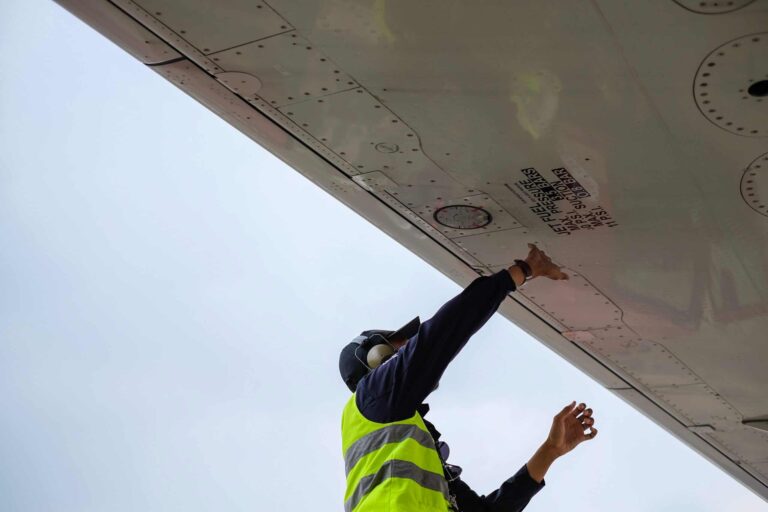What is the Boeing NMA?
For the uninitiated, Boeing’s NMA – shorthand for New Midsize Aircraft – is their entry into aviation’s growing middle market, designed to fill the gap between the 737 MAX and the 787 Dreamliner, and to compete with the Airbus A320neo and A330. The Boeing NMA was proposed in 2015, after determining that the market was robust enough to support an aircraft program between their narrow-body and wide-body entries. The new Boeing NMA was determined to be a twin-aisle seven-abreast – a style that several airlines (including Alaska, Emirates and Delta) expressed interest in. However, the Boeing NMA plans were paused and Boeing shifted attention to enhancing the 737 Max aircraft.
The 2015 proposed Boeing NMA will was meant to fill a gap in the aviation market, while also innovating travel. The first NMA aircraft was the 757, launched in 1982 and was the key aircraft that Boeing needed for success. The 757 was so successful that it is still prevalent in the current years, with its features making it an aircraft known for medium and long-range flights. Although Boeing was affected by events such as the COVID-19 pandemic and other factors, the plans for a new Boeing NMA aircraft are still a possibility in the future. News on a new Boeing NMA aircraft called 777x was introduced in late 2020 with delivery postponements set for the upcoming 2023 year.
The Boeing NMA – New Midsize Jet plans?
As its first clean-sheet design in almost 15 years, Boeing is being cautious that redesign decisions for the NMA will ensure a lower total cost of ownership. The reported revenue loss by Boeing in 2020 due to the pandemic and the postponed 777x aircraft developments paused the new NMA aircraft build. Earlier, Boeing emphasized that it will be using “proven technologies” to avoid the increased costs and time to market normally associated with breakthrough features. Without much more information, the public is on its toes to know what these “proven technologies” consist of, and what part of the process they apply to. The two main design features that Boeing has yet to announce are which engine (or engines) the NMA will use and what shape the fuselage will take. Still apparent is the obvious gap in the middle market which has since been filled by competing Airbus, but is still not close to the designs of the Boeing NMA lineup. Boeing CEO Calhoun made statements in early 2021 about the future progression of the NMA 737 MAX and a plan to revisit the 2015 NMA plans.
Will a new Boeing NMA jet be created?
Previously, with speculation on Boeings NMA plans it was revealed that three engine makers responded to Boeing’s RFP for a new engine. CFM proposed a turbofan design that builds on its LEAP line of engines. Rolls-Royce and Pratt & Whitney both bid gear-driven fan concepts.
CFM’s LEAP engines have performed remarkably well, but their highly publicized production delays – which have slowed deliveries of the Airbus A320neo – could be taken into account. But, as fan size increases on these designs, fuel efficiency has increased, proving attractive for the new airplane. Pratt & Whitney’s PW1100G engine (the other available option for the A320neo) also saw production delays; but, more importantly, it has seen in-service difficulties that could bump it out of the “proven” technology category in Boeing engineers’ eyes. Boeing has shifted focus from the speculated Boeing NMA jet to the 737 line and further developments on future orders for the 777x aircraft.
A big consideration for all the engines in contention for the NMA contract is increased fuel efficiency, to account for the increased drag of a twin-aisle fuselage. Pushing for efficiency and environmental friendliness. Boeing has since focused on improving their 737 aircrafts and has stated that the Boeing 737-8 and 737-8-200 aircrafts have improved fuel efficiency while reducing carbon emissions.
Boeing’s shift from the NMA
Boeing has shifted focus from the NMA to the new twin-engine passenger jet 777x and the 737 Max line. The 777x jet was recently revealed at the international 2021 Dubai Airshow with their first order scheduled for 2023. The 777x is noted as the largest twin-engine jet to date and powered by the largest jet engine the GE9X. Boeing’s focus for the 777x is to have engineers test and prepare the development of this large aircraft for future customers.
Further developments for the 737 Max include recertification and improving the safety of the aircraft. New replacements to the aircraft are a new engine that will greatly improve the fuel efficiency for the large 737 Max. These modifications are following the grounding of the aircraft three years prior. Safety measures for the 737 Max have been cleared for flight in many countries by their airlines.
Boeing NMA future?
For several years Boeing has talked about the idea of a new NMA aircraft for the midsize market, and in mid-2020 company president, Calhoun announced that the NMA project was to be tabled for a redesign. Calhoun has addressed the midsize aircraft plans saying that releasing a midsize NMA aircraft will be revisited if the market demands it.
Related Articles
NASA X-Plane: The Future of Aviation
Humans are the Future of Aviation!
CORSIA: How Will It Change the Aviation Industry?
